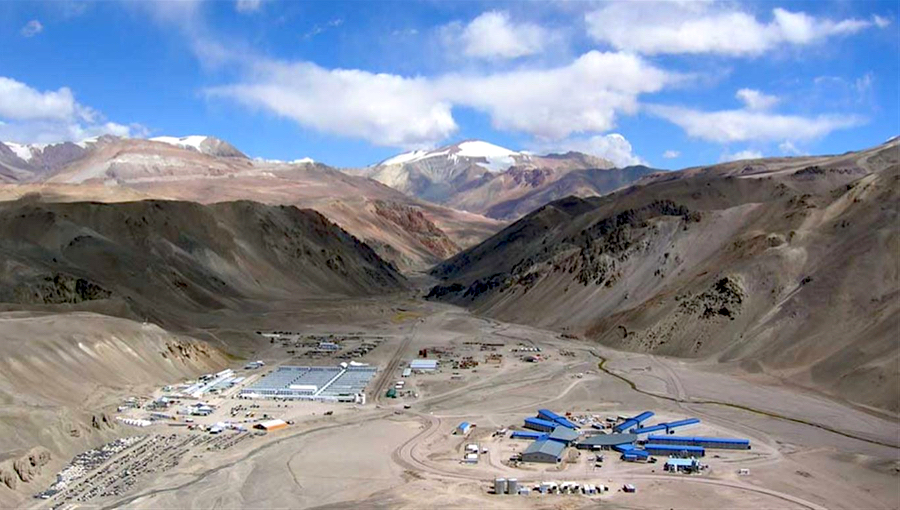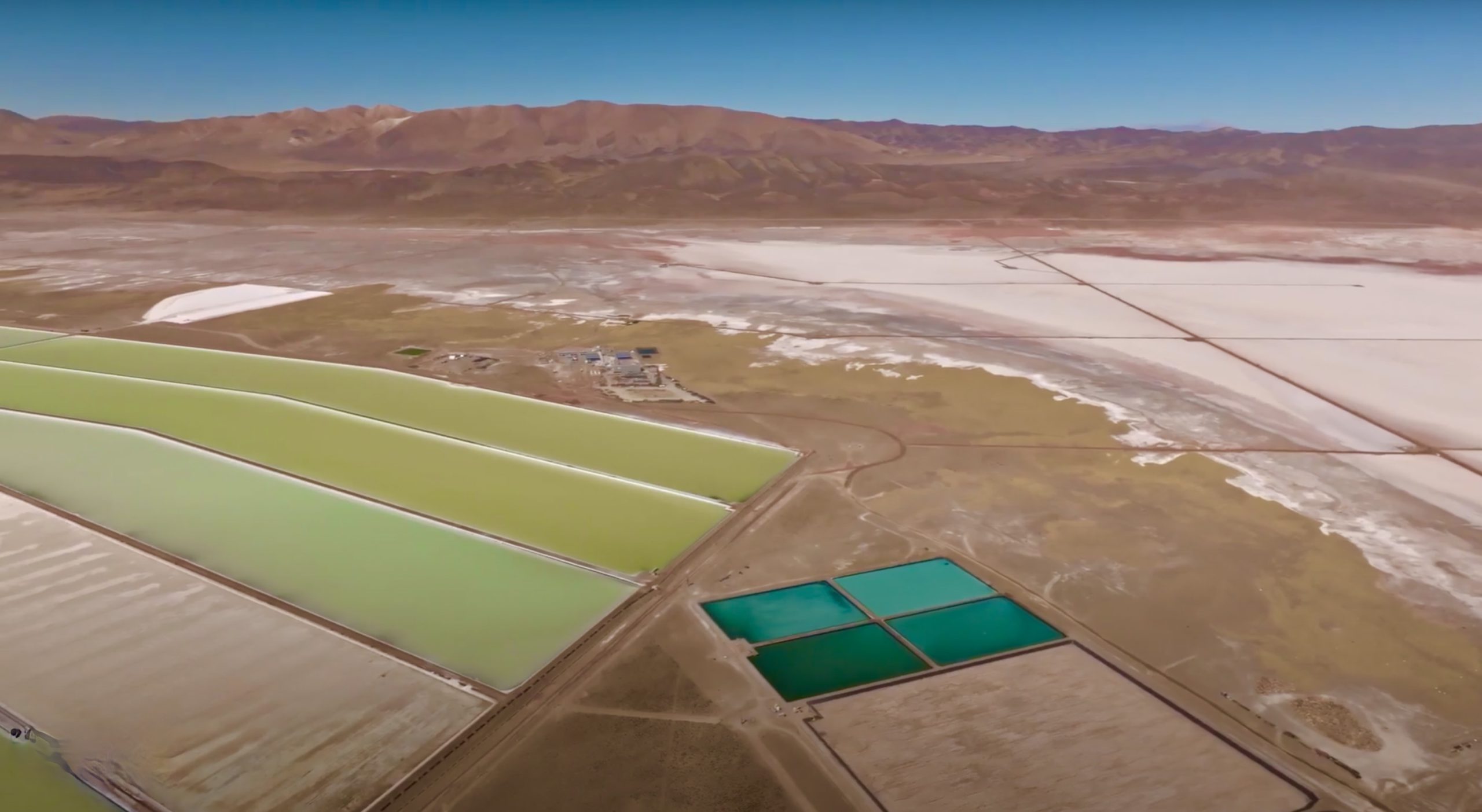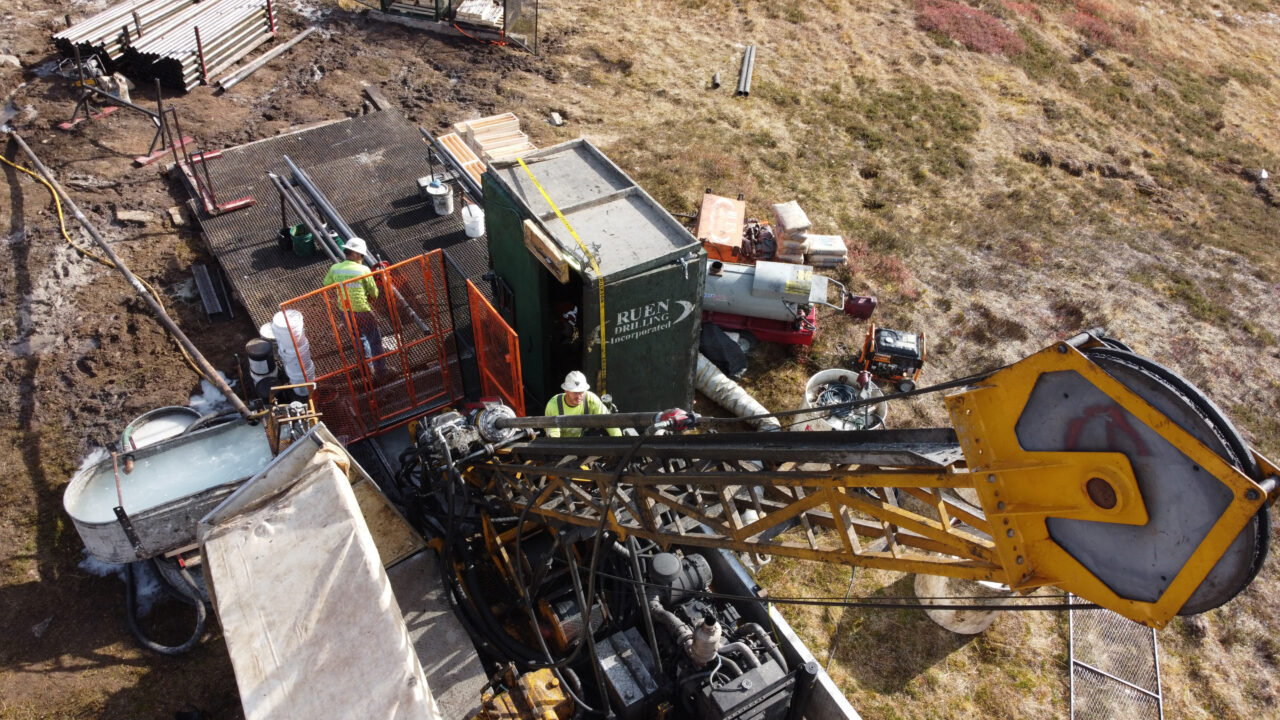Barrick to buy Randgold for $18.3B forming giant global gold miner

Canada’s Barrick Gold (TSX, NYSE:ABX), the world’s largest bullion producer by value, is about to become even bigger as it has agreed to buy Randgold Resources (LON:RRS) in a $18.3 billion share deal, the biggest in the gold sector in the past three years.
The new Barrick, valued at $24 billion including debt, would be now the world’s top gold miner by value and output, with a dominant position in Africa.
The company will be listed in New York and Toronto, which means that London will lose its biggest gold stock, but it will own five of the world’s 10 lowest cost gold mines, producing more than 6.5 million ounces of the precious metal a year.
Randgold’s shareholders will own 33.4 percent of the combined firm, with the rest controlled by Barrick’s investors.
The merged miner will own five of the world’s 10 lowest cost gold mines, producing more than 6.5 million ounces of the precious metal a year.
The merger will also bring together two of the biggest names in the global gold sector: John Thornton, former president of Goldman Sachs who’s been at the helm of Barrick since 2014, and Mark Bristow, an outspoken South African geologist who founded Randgold in 1995, growing it into a $4.8-billion company and the UK’s top gold producer.
Thornton will remain as executive chairman, directing strategy and Bristow will be president and chief executive of the merged company, running day-to-day operations. Randgold chief financial officer, Graham Shuttleworth, will become CFO of the enlarged company.
“Our industry has been criticized for its short-term focus, undisciplined growth and poor returns on invested capital,” Bristow said in the statement. “The merged company will be very different. Its goal will be to deliver sector leading returns.”
“Our overriding measure of success will be the returns we generate and not the number of ounces we produce,” Thornton added.
China ties
As part of the deal, China’s Shandong Gold, one of the country’s biggest gold producers, has agreed to buy $300 million of shares in Barrick. The Toronto-based miner will also buy the equivalent amount of shares in Shandong Mining, a listed subsidiary of Shandong Gold, it said in a separate statement.
Barrick and Shandong Gold tied up for the first time last year, creating a 50-50 joint venture at the Veladero mine in Argentina. As part of their partnership, the Chinese miner is currently carrying out an independent evaluation of Barrick’s Lama project, including an analysis of potential synergies between that asset and the nearby Veladero operation.
Barrick and Shandong Gold have also created internal working groups that are sharing technical expertise and best practices focused on best-in-class mining practices and innovation.
Divided opinions
Some analysts welcomed, though cautiously, the news. Those at Numis Securities said the combination will make a strong company: “Barrick has a number of world-class assets but has acquired the reputation of being a poor steward of those assets, while Randgold has the reputation for delivering strong shareholder value in difficult operating jurisdictions.”
The proposed merger, instead of being based on merit, strength and strategic integration, is more akin to the proverbial ‘two drunks supporting each other at closing time’ — Kieron Hodgson from Panmure Research.
Others were less impressed by the deal.
“Our opinion is that the proposed merger, instead of being based on merit, strength and strategic integration, is more akin to the proverbial ‘two drunks supporting each other at closing time’,” wrote Kieron Hodgson from Panmure Research.
In a research note, Hodgson said that Barrick’s own production had fallen in recent years and that combined the firms would be “over leveraged” — a technical term for having heavy debts.
“Barrick shareholders are going to have to weigh the fact that the merger is likely to be anywhere from 15-20% dilutive to earnings, cash flow and free cash flow,” BMO Metals analysts wrote. “The ability to extract more costs out of Barrick, or deal synergies, are less apparent, [but] we do expect some opportunities to emerge in Africa as there is sufficient overlap.”
The announcement comes at a time gold producers are under increased pressure. Bullion prices have fallen more than 8% this year as a stronger dollar and expanding global economy diminished demand for the metal as a haven. Miners have fared even worse, with the Philadelphia Stock Exchange Gold and Silver Index of 30 companies down about 23 percent in 2018.
Gold miners fell to the cheapest relative to the metal since 2016 this month. The industry is so out of favour that last week billionaire hedge-fund manager John Paulson formed a coalition with 15 other founding members. The main goal of the group? Curbing years of what Paulson’s hedge fund has called value destruction in the gold sector.
The merger between Barrick and Randgold remains subject to shareholder approval.
More News
Lithium Argentina hits forecast, seeks gov’t financing
Lithium Argentina shares reached a new 12-month high Tuesday afternoon.
January 06, 2026 | 01:29 pm
Op-Ed: From Allende to Maduro – the price of resources and defiance
January 06, 2026 | 12:03 pm
{{ commodity.name }}
{{ post.title }}
{{ post.date }}






Comments